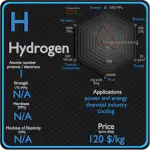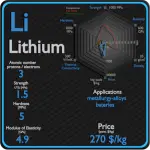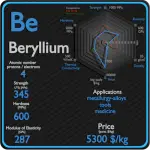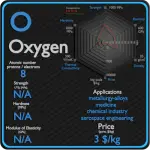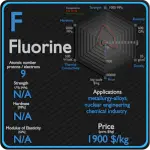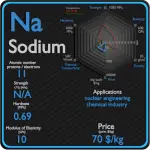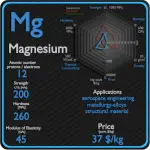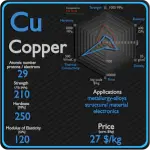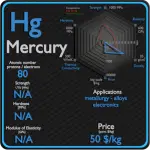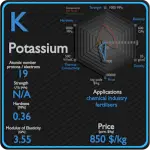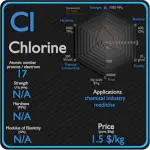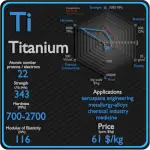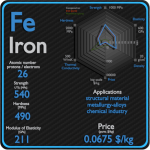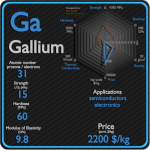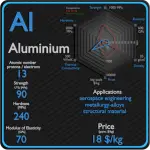This article contains comparison of key thermal and atomic properties of aluminium and mercury, two comparable chemical elements from the periodic table. It also contains basic descriptions and applications of both elements. Aluminium vs Mercury.
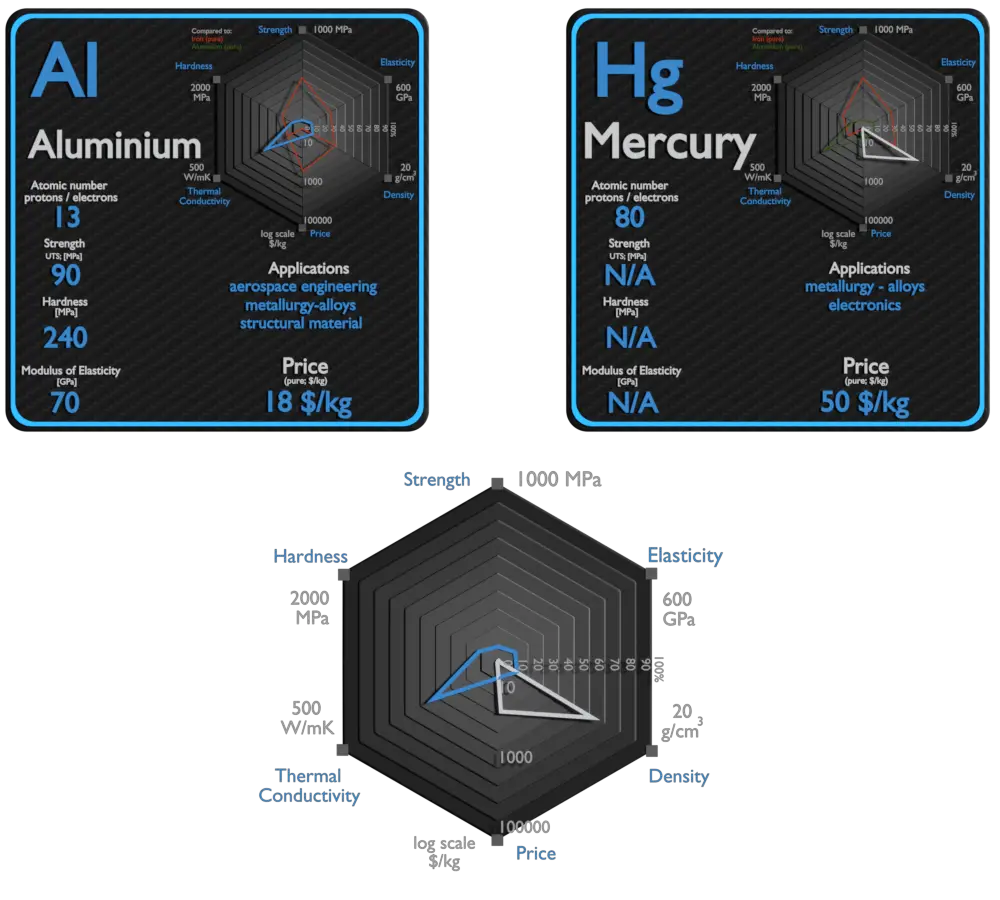
Aluminium and Mercury – About Elements
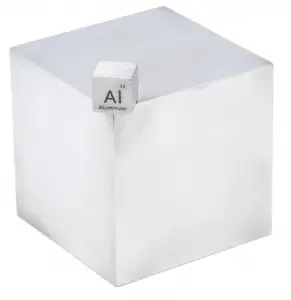
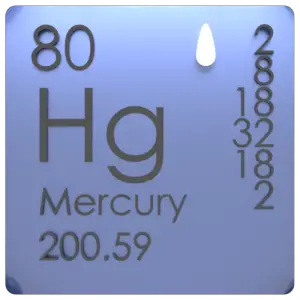
Source: www.luciteria.com
Aluminium and Mercury – Applications
Aluminium
Aluminium and its alloys are used widely in aerospace, automotive, architectural, lithographic, packaging, electrical and electronic applications. It is the prime material of construction for the aircraft industry throughout most of its history. About 70% of commercial civil aircraft airframes are made from aluminium alloys, and without aluminium civil aviation would not be economically viable. Automotive industry now includes aluminium as engine castings, wheels, radiators and increasingly as body parts. 6111 aluminium and 2008 aluminium alloy are extensively used for external automotive body panels. Cylinder blocks and crankcases are often cast made of aluminium alloys.
Mercury
Mercury is used primarily for the manufacture of industrial chemicals or for electrical and electronic applications. However, because of its toxicity, many uses of mercury are being phased out or are under review. It is used in some thermometers, especially ones which are used to measure high temperatures. Mercury easily forms alloys, called amalgams, with other metals such as gold, silver and tin. The ease with which it amalgamates with gold made it useful in recovering gold from its ores. Mercury amalgams were also used in dental fillings. Gaseous mercury is used in mercury-vapor lamps and some “neon sign” type advertising signs and fluorescent lamps.
Aluminium and Mercury – Comparison in Table
| Element | Aluminium | Mercury |
| Density | 2.7 g/cm3 | 13.534 g/cm3 |
| Ultimate Tensile Strength | 90 MPa (pure), 600 MPa (alloys) | N/A |
| Yield Strength | 11 MPa (pure), 400 MPa (alloys) | N/A |
| Young’s Modulus of Elasticity | 70 GPa | N/A |
| Mohs Scale | 2.8 | N/A |
| Brinell Hardness | 240 MPa | N/A |
| Vickers Hardness | 167 MPa | N/A |
| Melting Point | 660 °C | -38.9 °C |
| Boiling Point | 2467 °C | 357 °C |
| Thermal Conductivity | 237 W/mK | 8.3 W/mK |
| Thermal Expansion Coefficient | 23.1 µm/mK | 60.4 µm/mK |
| Specific Heat | 0.9 J/g K | 0.139 J/g K |
| Heat of Fusion | 10.79 kJ/mol | 2.295 kJ/mol |
| Heat of Vaporization | 293.4 kJ/mol | 59.229 kJ/mol |
